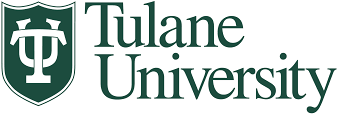Abstract
Fluid shear stress has been implicated as a regulator of sprouting angiogenesis. However, whether endothelial cells within capillary sprouts in vivo experience physiologically relevant shear stresses remains unclear. The objective of our study is to estimate the shear stress distribution along the length of a capillary sprout through computational modeling of blood flow in a blind ended channel branching off a host vessel. In this model, we use sprout geometries typical for rat mesenteric microvasculature and consider three types of boundary conditions: 1) non-permeable vessel wall, 2) uniformly permeable vessel wall, and 3) a non-permeable vessel wall with open slots (representative of endothelial clefts). Our numerical simulation predicts that for each boundary condition a local maximum shear stress (13.9, 8.9, and 13.3 dyne/cm2 respectively) occurs at the entrance of a 50 um long, 6 um diameter sprout branching at 90 degrees off of a 11 um diameter host vessel. The shear stress drops below 0.2 dyne/cm2, a threshold for endothelial cell activation, within 4.1 um of the entrance for the non-permeable wall case and 4.2 um for the uniformly permeable wall case. Shear stress magnitudes within the sprout are above 0.2 dyne/cm2 for longer sprout scenarios and peaked at 5.9 dyne/cm2 at endothelial cell clefts. These results provide a first estimate of relative fluid shear stress magnitudes along a capillary sprout and highlight the importance of investigating endothelial cell responses to flow conditions during angiogenesis in tumors and other altered microenvironments.
